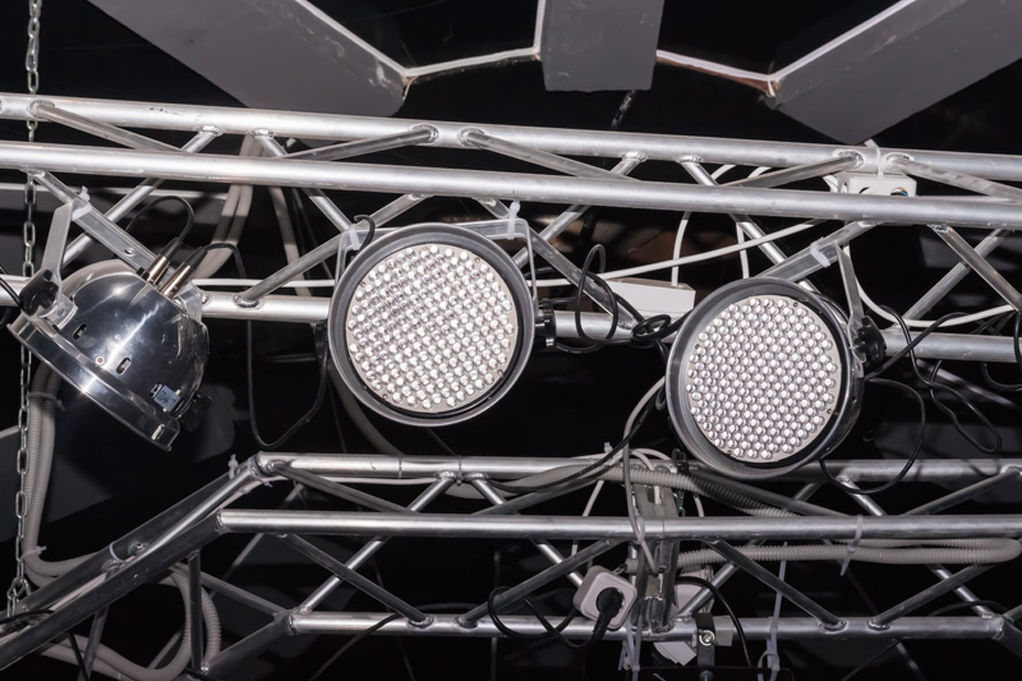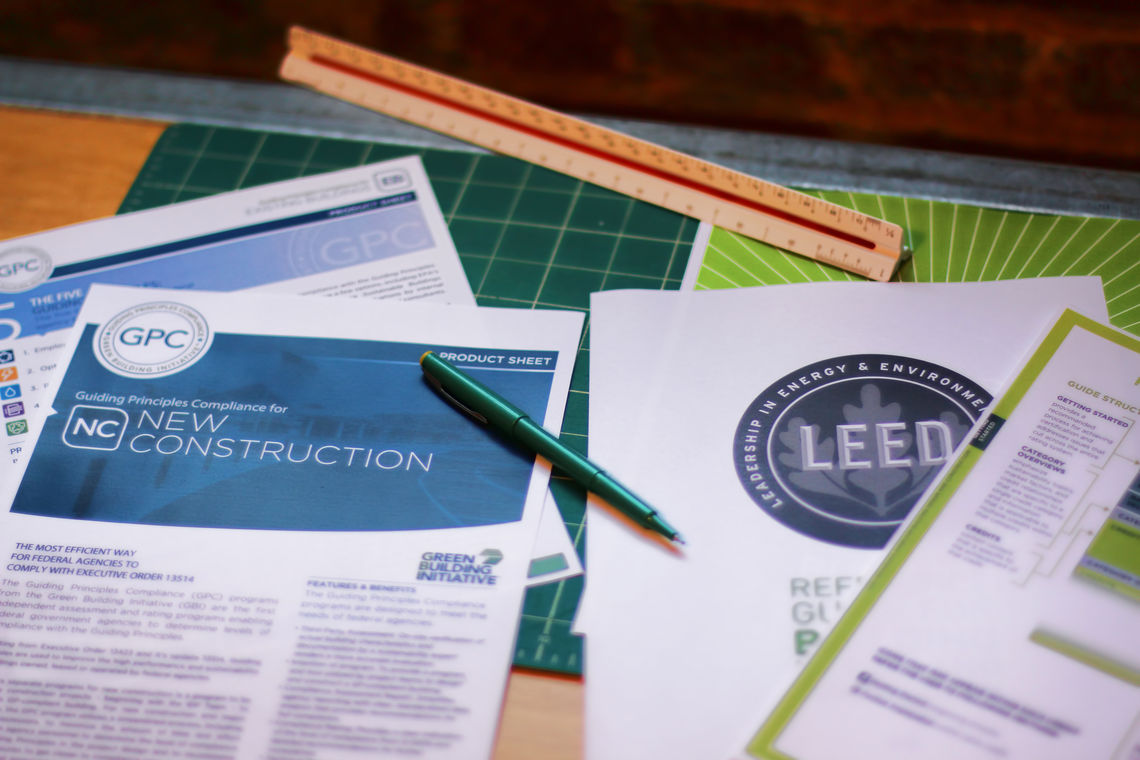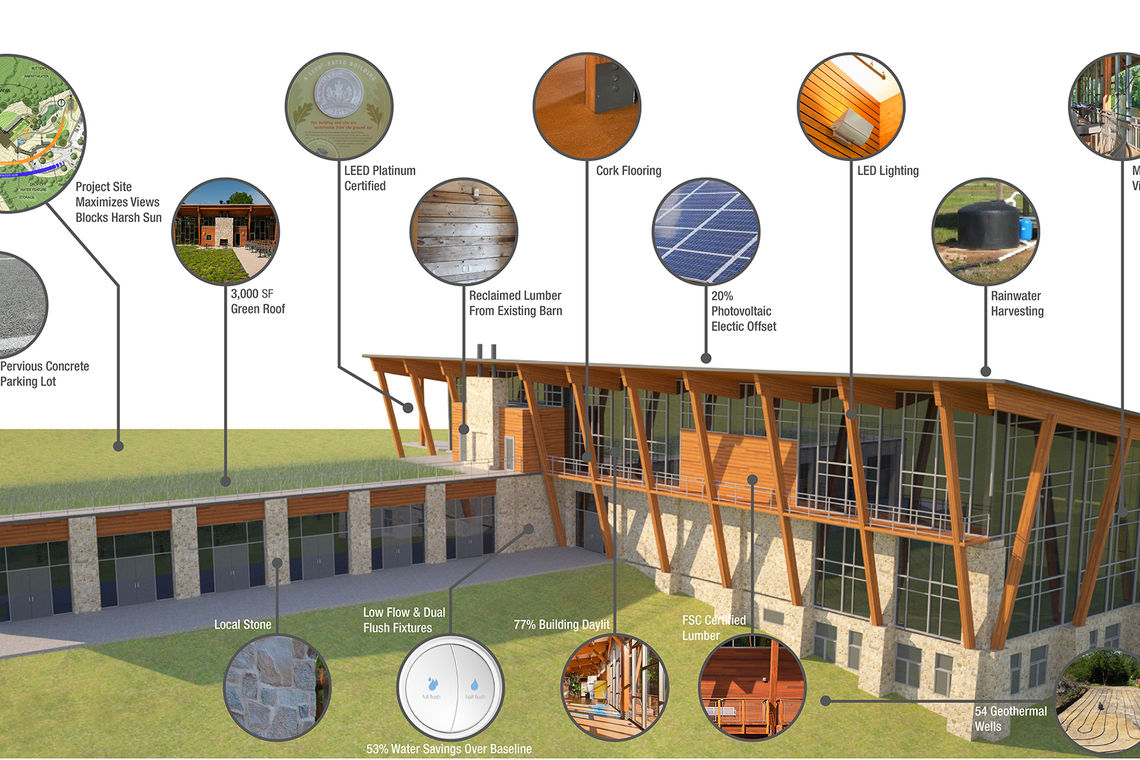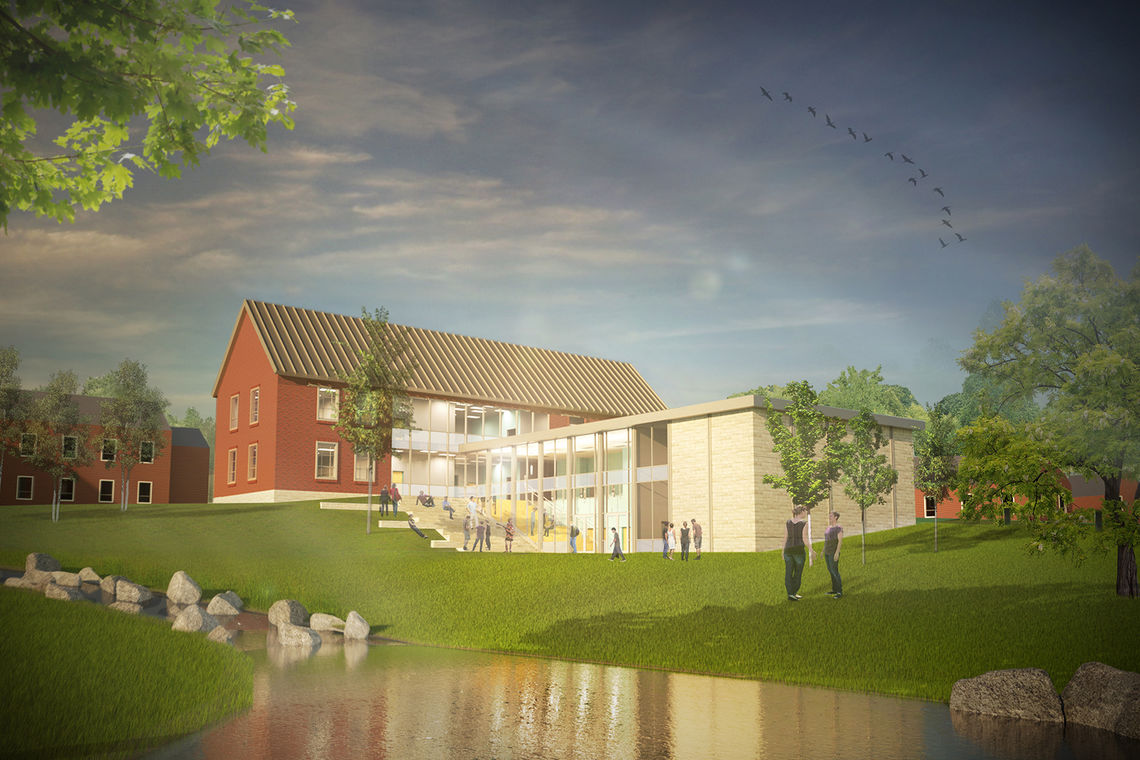As we were driving back from a site visit recently, my friend and colleague Steve Friedlander and I were discussing the pros and cons of LED in theatrical performance lighting.
Steve is a partner with theater and lighting consultants Auerbach Pollock Friedlander and has some very real and very recent experience with this timely subject.
Higher education campuses nationwide are facing the question of whether or not to use LED lighting fixtures in Performing Arts Centers as they renovate and build new facilities. Below we touch on the major points for and against the use of LED in performance lighting.
Pros: The major benefits of using LED lamps in theatrical performance lighting relate to power consumption and heat production. LED lamps use far less power than comparable incandescent lights, greatly reducing energy requirements.
The heat produced by the LEDs is also a fraction of the heat produced by traditional theatrical lighting. One of the biggest cooling loads in a building is related to the heat produced by lighting fixtures—and in performance spaces, this heat can be several times as much as in conventional types of spaces. Reducing the cooling load has a direct impact on the size and efficiency of the HVAC system.
Another benefit to using LEDs for performance lighting is in the greatly reduced rate of changing burned out bulbs. Some LEDs can last as much as 20 times longer than traditional light sources, which can have a real and dramatic impact on maintenance and personnel costs.

Cons: There are several downsides to using LED lamps in theatrical performance lighting. Among these are the color rendering quality of the source and the strobe-like effect that often accompanies the higher output LED fixtures. While these effects may be acceptable in other applications, when it comes to the theater, this is a significant detriment.
Intensity of brightness in LEDs is also not equivalent to traditional performance lighting, and therefore LED fixtures are not necessarily a one for one substitution when compared to traditional tungsten halogen and they are not usable at greater distances found in larger facilities.
And finally, while costs are continually decreasing, LED light fixtures are 10-14 times more expensive than their traditional halogen counterparts. Often the upfront costs trump the costs over time, but the cost/benefit can only be determined based on life cycle cost analysis that takes into account the circumstances of each unique situation.
So how do performance facilities choose? Many seek and implement a mix of fixtures, including some traditional and some LED. In order to determine what will work best for your venue, we suggest visiting a space, or several if your time permits, that use LED fixtures for a variety of uses. Consider the impacts the fixtures would have on your various programs and functions, ask the users at other facilities about their experiences, and if you are considering LEDs in the performance space, see a performance in space that uses them. Ultimately, LEDs offer some benefits that cannot be overlooked, but each venue must decide what works for their users and productions.




